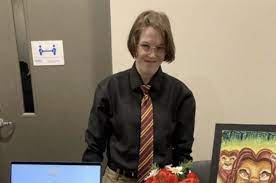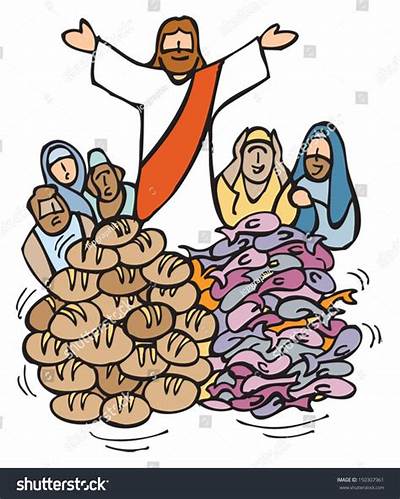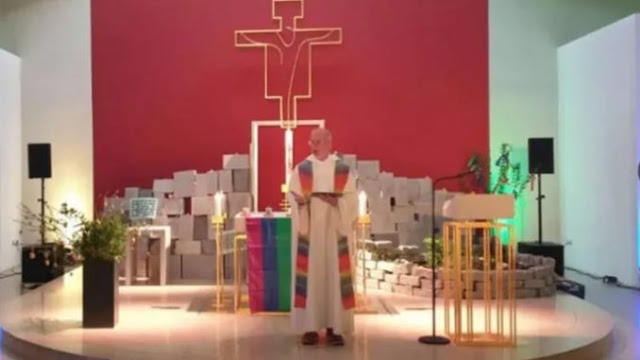Last week Georgia’s Attorney General released a report on child sexual abuse since 1950 in Georgia’s two dioceses. It is a long report and offers sickening details not known, in some but not all cases, until this report.
It’s been several years since both dioceses have released names of priests credibly accused. But this report gives details, often rather sickening and more importantly, tragic to victims of this kind of sexual abuse.
The biggest take away is that when Church officials learned of abuse, it was not reported to law enforcement but handled in-house as though simply a sin and not a civil crime. I do not think that most bishops even followed the canon laws in place in the 1917 code of canon law.
The greatest tragedy for victims and potential victims is that priests who abused were transferred about which enabled others to be abused.
Abuse took place in the “good old days” prior to Vatican II and accelerated after Vatican II where mercy for criminals was greater than mercy for victims or potential victims.
What has changed and what hasn’t?
1. In many cases the abuse is only known by the victim who doesn’t reveal it until well into adulthood. There are a variety of psychological reasons for this as well as fear that they won’t be believed. I don’t think this has changed, thus abuse could be happening today that no one but the victim knows and that victim won’t come forward for years. But I think transparency about abuse by the Church and society in general can help curb this.
2. There are more people both laity and clergy trained to be more vigilant. Hopefully, parents know not to entrust their children to anyone in a way that trusting parents entrusted their boys to priests who had bad intentions. I don’t think most parents would entrust their daughters to priests in the same way as they did their boys. But they trusted priests who were manipulators, narcissists and criminals. They did not know that.
3. In pre-Vatican II times, there wasn’t much screening of candidates. If you came from a good Catholic home where there was not a history of divorce or mental illness, that is all it took to be accepted. After Vatican II things were not much better but today I think there are good screening tools.
4. I am still not clear what the percentage of abusers are with married clergy of other Christian sects or other religions. The Catholic Church’s statistics proved that most of those abused are boys, prepubescent and pubescent as well as young adult men. It could be a matter of access, but it is clear that most are from homosexual men immature in their sexuality or in arrested development. They have no moral foundation which is even more alarming. But again, the Catholic Church had a culture of priests mentoring boys, spending the night in rectories, going on vacations with priests. I am not sure that is the case in the married clergy at all, although friends might spend the night with the children of clergy. Again, I don’t know what the percentage of abuse is in the priesthood compared to married clergy, although married clergy’s victims are more often girls not boys.
5. I think often, too, abuse is coupled with other addictions such as drugs and alcohol.
6. The way to reduce abuse is to report abusers immediately to the authorities and if the abuse is credible the priest or bishop should be laicized in addition to whatever civil authorities will do. As well the culture of the Church where laity wanted priests to be close to their children (as a good influence) is changing. There should be a professional relationship with children not one of a priest acting as a parent to gain access to the child. Proper screening of candidates is important, especially those with a homosexual orientation. Does any candidate show immaturity in sexuality and promiscuity prior to applying to the diocese? Anyone who is promiscuous prior to being accepted, especially homosexuals who will be placed into an all male environment, is a recipe for disaster as we have seen quite vividly.
Here is Georgia’s report. Savannah’s portion is toward the end of the report:
Report of Child Sexual Abuse in the Archdiocese of Atlanta and the Diocese of Savannah






































